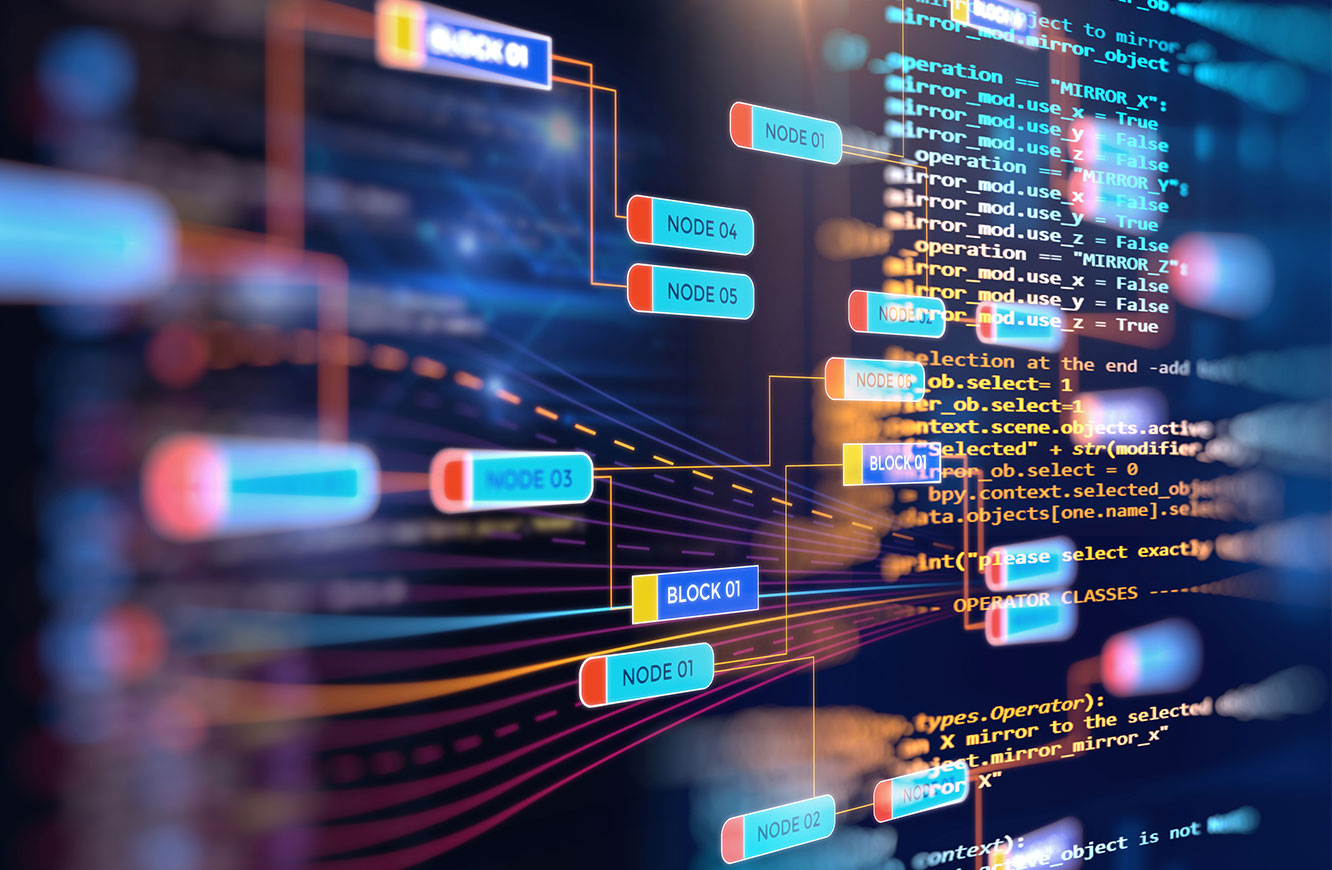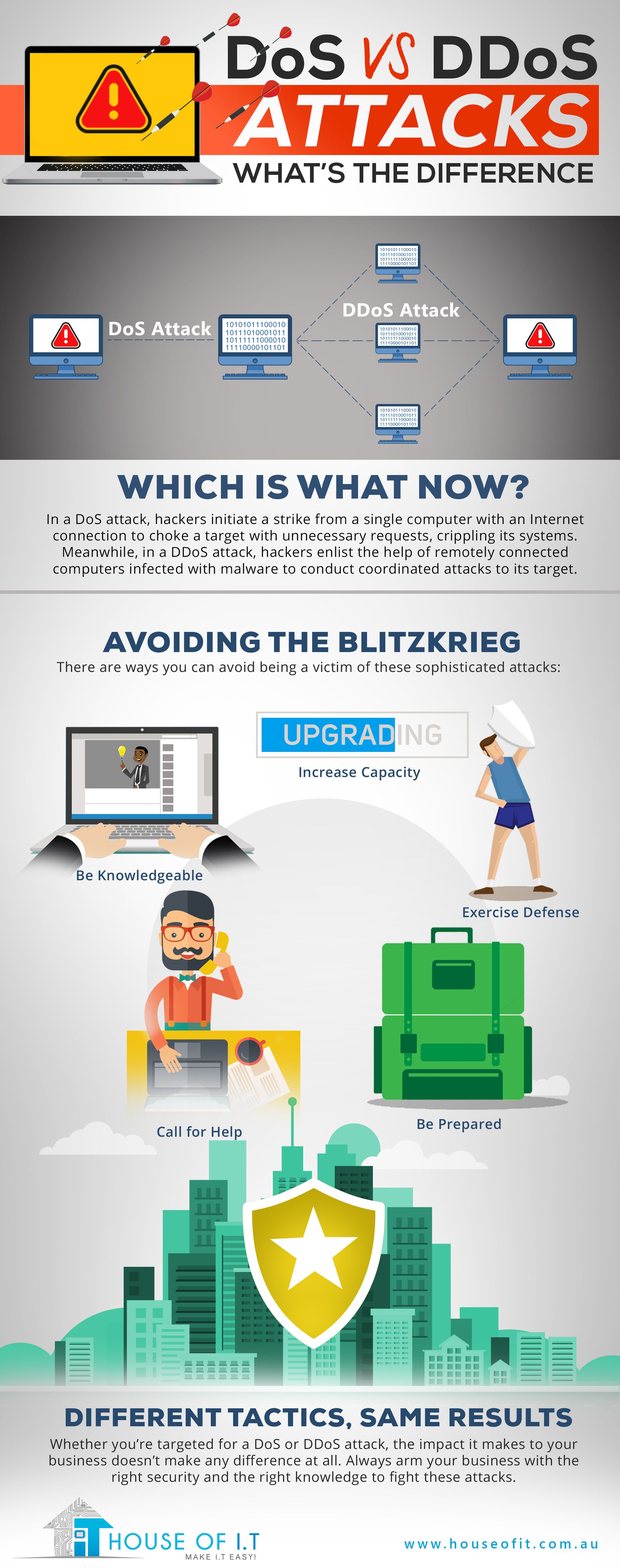Protecting Critical Infrastructure

The security of critical infrastructure is a paramount concern for governments, organizations, and individuals worldwide. Critical infrastructure refers to the physical and cyber systems that are essential for the functioning of a society, including power plants, transportation systems, water treatment facilities, hospitals, and financial institutions. The disruption or destruction of these systems could have severe consequences, including loss of life, economic devastation, and social unrest.
Understanding the Threat Landscape
The threat landscape for critical infrastructure is complex and evolving. Traditional threats such as terrorism and physical attacks are still prevalent, but the increasing reliance on cyber systems has introduced new vulnerabilities. Cyber attacks can be launched from anywhere in the world, making it difficult to detect and respond to them. Moreover, the use of internet-of-things (IoT) devices has expanded the attack surface, providing potential entry points for malicious actors.
Key Threats:
- Cyber attacks: Malicious actors can launch cyber attacks to disrupt or gain unauthorized access to critical infrastructure systems.
- Physical attacks: Terrorist organizations or individuals can launch physical attacks on critical infrastructure, such as power plants or transportation hubs.
- Insider threats: Authorized personnel with malicious intentions can compromise critical infrastructure from within.
- Natural disasters: Critical infrastructure can be damaged or destroyed by natural disasters, such as hurricanes, earthquakes, or floods.
Implementing Robust Security Measures
To protect critical infrastructure, it is essential to implement robust security measures that address both physical and cyber threats. This can include:
Implementing a defense-in-depth approach, which includes multiple layers of security controls, can help to prevent and detect threats. This can include perimeter security, access control, intrusion detection systems, and incident response plans.
Security Controls:
- Access control: Implementing strict access control measures, such as multi-factor authentication and role-based access control, can help to prevent unauthorized access to critical infrastructure systems.
- Intrusion detection systems: Installing intrusion detection systems can help to detect and alert on potential security threats in real-time.
- Incident response plans: Developing and regularly testing incident response plans can help to ensure a swift and effective response to security incidents.
- Regular updates and patches: Regularly updating and patching critical infrastructure systems can help to prevent exploitation of known vulnerabilities.
The Role of Government and Regulations
Governments and regulatory bodies play a critical role in protecting critical infrastructure. This can include:
Regulatory Frameworks
Establishing regulatory frameworks that require critical infrastructure operators to implement robust security measures can help to ensure a minimum level of security across industries.
- Developing and enforcing regulations that require critical infrastructure operators to implement robust security measures.
- Providing guidance and resources to help critical infrastructure operators implement security measures.
- Conducting regular audits and inspections to ensure compliance with regulations.
The Importance of Public-Private Partnerships
Public-private partnerships can play a critical role in protecting critical infrastructure. By sharing information, resources, and expertise, public and private sector organizations can work together to:
Benefits of Public-Private Partnerships
Public-private partnerships can help to improve the security of critical infrastructure by sharing information, resources, and expertise.
Pros
- Improved information sharing and collaboration.
- Access to expertise and resources.
- Enhanced security measures.
Cons
- Potential conflicts of interest.
- Intellectual property concerns.
- Regulatory hurdles.
Future Directions
The protection of critical infrastructure is an ongoing challenge that requires continuous innovation and improvement. Future directions may include:
What is the role of artificial intelligence in critical infrastructure security?
+Artificial intelligence can play a critical role in critical infrastructure security by detecting and responding to threats in real-time. AI-powered systems can analyze vast amounts of data to identify potential security threats and alert operators to take action.
How can critical infrastructure operators balance security with operational efficiency?
+Critical infrastructure operators can balance security with operational efficiency by implementing security measures that are designed to minimize impact on operations. This can include implementing security controls that are automated and real-time, as well as providing training to operators on security procedures.
In conclusion, protecting critical infrastructure is a complex and ongoing challenge that requires a multi-faceted approach. By implementing robust security measures, leveraging public-private partnerships, and staying ahead of emerging threats, critical infrastructure operators can help to ensure the security and resilience of these essential systems.



